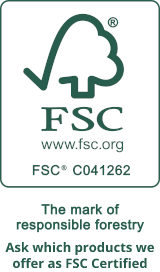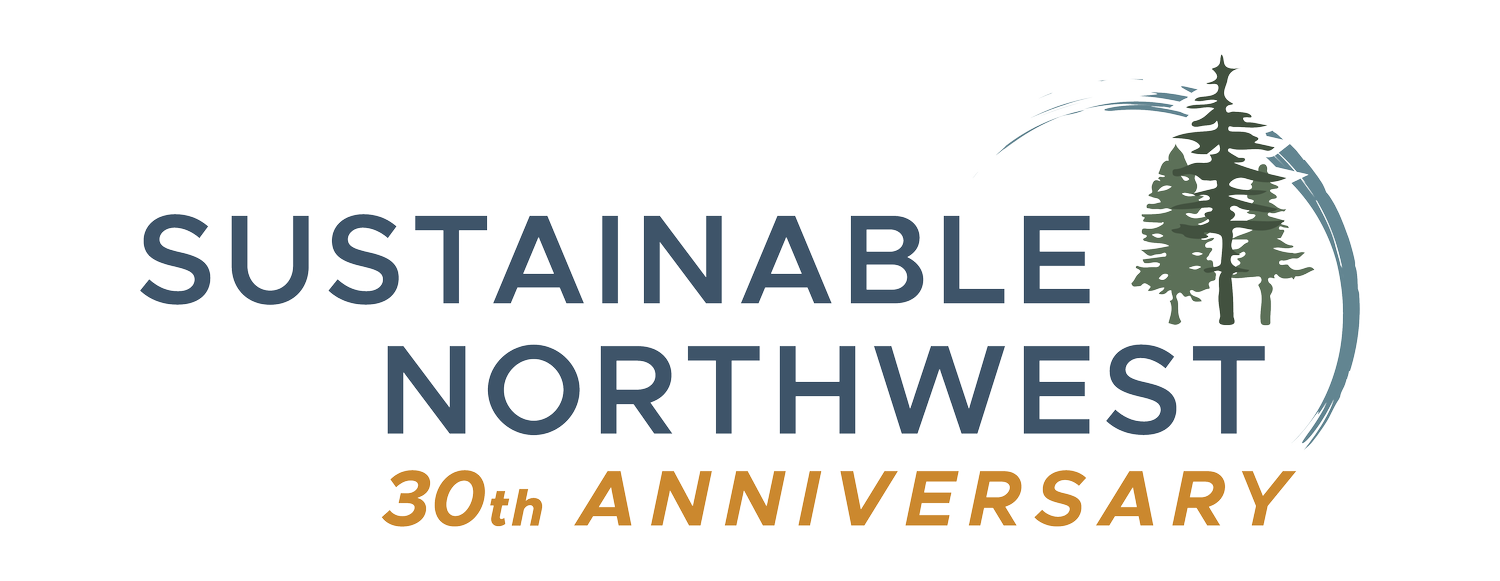What is FSC?

The Forest Stewardship Council has been around since 1993 and its logo graces hundreds of wood- and paper-based consumer products, from Kleenex boxes to Old Navy clothing tags, from Pottery Barn dining tables to units of 2x4 lumber and plywood. But in spite of the organization's notable success, many individuals remain confused about what FSC is and what this venerable certification system means.
Some of this obfuscation is due to the creation of competing standards: Shortly after FSC was founded, the American wood lobby created its own certification system, the Sustainable Forestry Initiative (SFI), a very different version that allows some of the more controversial practices that FSC prohibits.
In the years since, many stakeholders in the FSC system, including Sustainable Northwest Wood, have worked hard to clarify exactly what makes FSC such a valuable and trustworthy tool for ensuring responsible forestry from which so many of our necessary products come from. We believe FSC to be the best certification system for our forests and communities that exists today.
FSC requires stringent forestry practices combats deforestation, including conversion of natural forests to plantations; protects old growth and other High Conservation Values; protects wildlife include Rare, Threatened and Endangered species; strictly limits clearcut sizes in order to protect forest ecosystems; restricts the use of highly hazardous pesticides ; protects the rights of indigenous peoples; and requires stakeholder consultation on both public and private lands. Climate-smart forestry stores more carbon with longer crop rotations, helps reduce wildfire risk, protects precious water sources with wider stream buffers, and helps ensure Forests for All - Forever.

Here in Oregon, our forest practices act allows for many of the practices that FSC prohibits. Some of these legal practices may have the potential for unintended consequences in affected communities and habitats. These include the spraying of pesticides that can drift beyond the areas targeted during routine applications, exposing residents to toxins and polluting the freshwater streams upon which many Oregonians, human and otherwise, depend.
Our laws allow the cultivation of monoculture tree plantations on both state-owned and private lands, where native mixed-species and mixed-age forests are replaced with one type of tree, all planted at the same time.
These dense plantings are more prone to annihilation during wildfires, which are becoming worse each year as we experience record-breaking heat waves and droughts. While fires in the past were likely to burn light and quick through the understory, leaving the big trees standing and the soil intact, these modern fires burn so hot, lighting up the dense groves of dry, unhealthy trees, that everything in their path is destroyed, including the life-sustaining microbial communities in the soil, which scientists are only beginning to study and understand.
Deforestation is also a major contributor to greenhouse gas pollution, more so even that global transportation emissions. Forests used to be a carbon sink, transforming atmospheric carbon into wood fiber and replacing it with oxygen. But today, due to widespread deforestation and the increase in catastrophic wildfires, forests are poised to contribute more carbon to the atmosphere than the remaining acreage of intact forests is able to absorb.
Responsible forest management, like that embodied by FSC, is a solution to these problems. It goes far beyond what this state's forestry laws allow, explicitly prohibiting many of the most harmful activities. FSC-certified woodlands are audited annually by third-party agencies, who visit and document conditions to ensure that the stringent management criteria are being met. The wood that is harvested from these forests is also subject to annual audits to ensure that the chain of custody from forest to consumer remains intact

Photo credit Trout Mountain Forestry.
For visitors to these forests, the difference is dramatic. The FSC forests that we have toured in person are home to many different species and ages of trees. They are natural, functioning habitats that cool the air and the streams flowing through in the summer and are home to diverse wildlife. They feel whole, and it is obvious that timber production is not the main driver of management decisions.
FSC is not the only marker of responsible forestry -- there are some responsible forest managers and owners who do not participate in FSC or other certification systems. But FSC is a consistent and reliable way for consumers, builders, and homeowners to know that their wood is coming from well-managed forests.
We hope that many more acres of forests, both public and private, are able to achieve FSC certification in the years to come. And we hope that shoppers of all types select regionally sourced, FSC certified alternatives whenever possible.

Project Support
Find local sustainable wood products in Portland Oregon

Our Why
We exist to promote Good Wood in the Pacific Northwest and beyond
Sustainable Northwest Wood
2701 SE 14th Ave.
Portland, OR 97202
Monday - Friday
8am to 5pm

© 2025 Sustainable Northwest Wood

Our nonprofit parent company is Sustainable Northwest